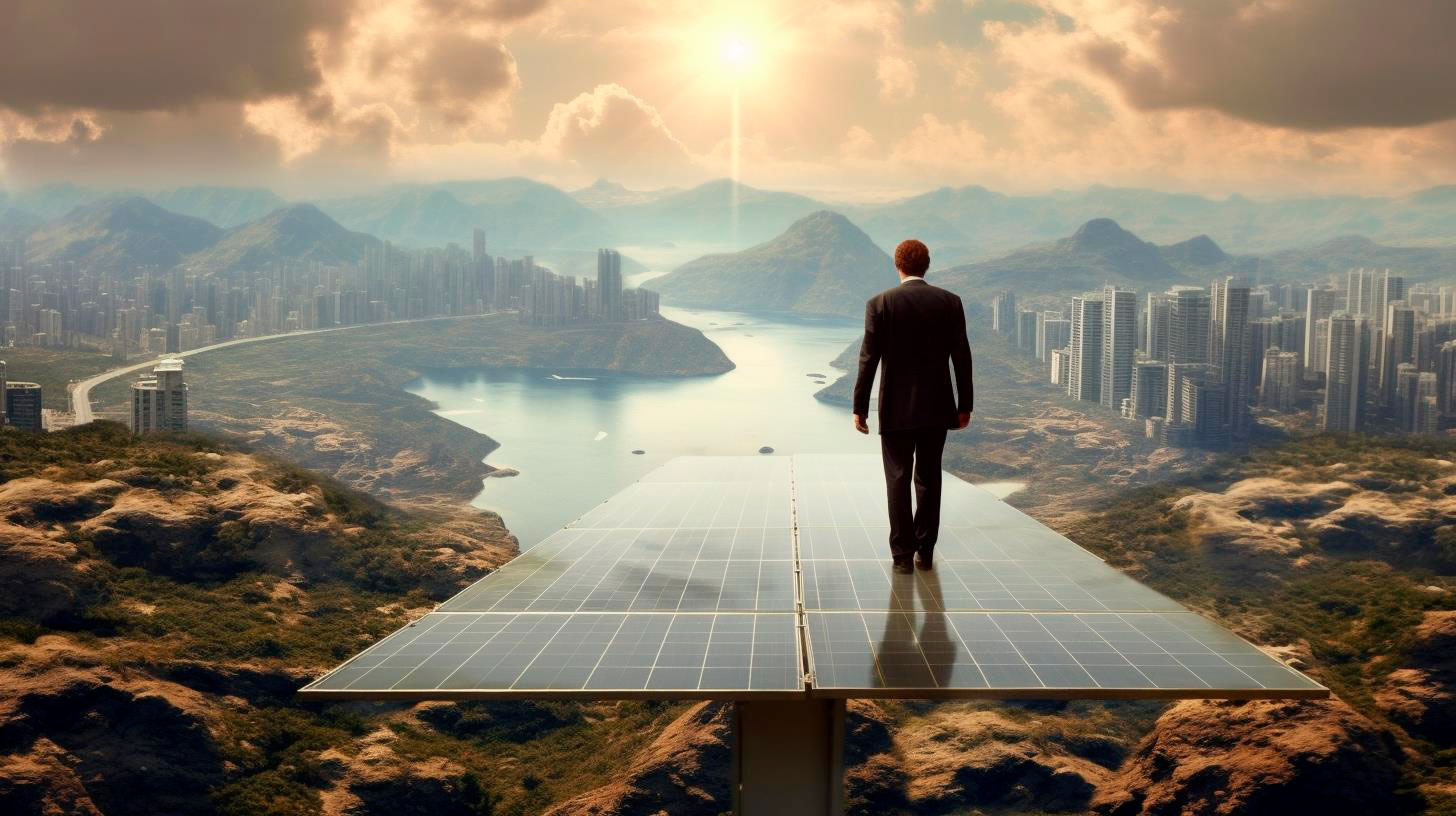Remote Sensing and Data Analytics for Energy Efficiency in Resorts
In this article, we will explore how remote sensing and data analytics can play a crucial role in improving energy efficiency in resorts.
The Potential of Remote Sensing
Remote sensing involves the collection of data about an object or phenomenon from a distance, typically through the use of sensors and satellite imagery. In the context of resorts, remote sensing can be utilized to monitor energy consumption patterns, identify areas of inefficiency, and facilitate informed decision-making. Here are some key benefits of using remote sensing for energy efficiency:
- Real-time monitoring: Remote sensing technology allows resorts to collect data on energy consumption in real-time. This enables them to identify sudden spikes or abnormalities in usage, helping to mitigate any potential wastage and reduce energy costs.
- Identification of energy hotspots: Through satellite imagery and sensor data, resorts can identify areas that consume a large amount of energy. This information can be used to prioritize energy-saving efforts in those specific areas, resulting in more targeted solutions.
- Environmental impact assessment: Remote sensing enables resorts to measure their environmental footprint by monitoring energy consumption and estimating the associated carbon emissions. This data can assist in setting sustainability goals and tracking progress over time.
Data Analytics: Turning Data into Actionable Insights
Collecting data alone is not enough. To truly drive energy efficiency in resorts, the data collected through remote sensing needs to be analyzed and transformed into actionable insights. Data analytics plays a pivotal role in identifying patterns, trends, and opportunities for improvement. Here are some key advantages of utilizing data analytics:
- Identifying energy-saving opportunities: By analyzing historical data, resorts can identify patterns and trends in energy consumption. These insights can then be used to implement energy-saving strategies such as optimizing HVAC systems, improving insulation, or incorporating renewable energy sources.
- Optimizing resource allocation: Data analytics can help resorts allocate resources more efficiently. By understanding when and where energy is consumed the most, resorts can tailor operations and staffing accordingly, reducing unnecessary energy use during low-demand periods.
- Predictive maintenance: By leveraging data analytics, resorts can predict equipment failures or maintenance needs before they occur. This proactive approach helps prevent energy wastage due to faulty equipment and reduces downtime, resulting in cost savings.
The Key Takeaways
Remote sensing and data analytics offer significant potential for enhancing energy efficiency in resorts. By leveraging real-time data and analytical insights, resorts can:
- Monitor energy consumption patterns in real-time
- Identify energy hotspots and prioritize energy-saving efforts
- Assess and reduce the environmental impact of their operations
- Identify energy-saving opportunities based on historical data
- Optimize resource allocation to reduce energy wastage
- Implement predictive maintenance strategies to prevent equipment failures
As technology continues to advance, the integration of remote sensing and data analytics in the hospitality sector, particularly in resorts, is crucial for achieving sustainability goals and reducing energy consumption. By harnessing the power of these tools, resorts can not only improve their bottom line but also contribute to a more sustainable future.
For additional information on the importance of energy efficiency in the hospitality industry, please visit the official website of the United States Environmental Protection Agency.
